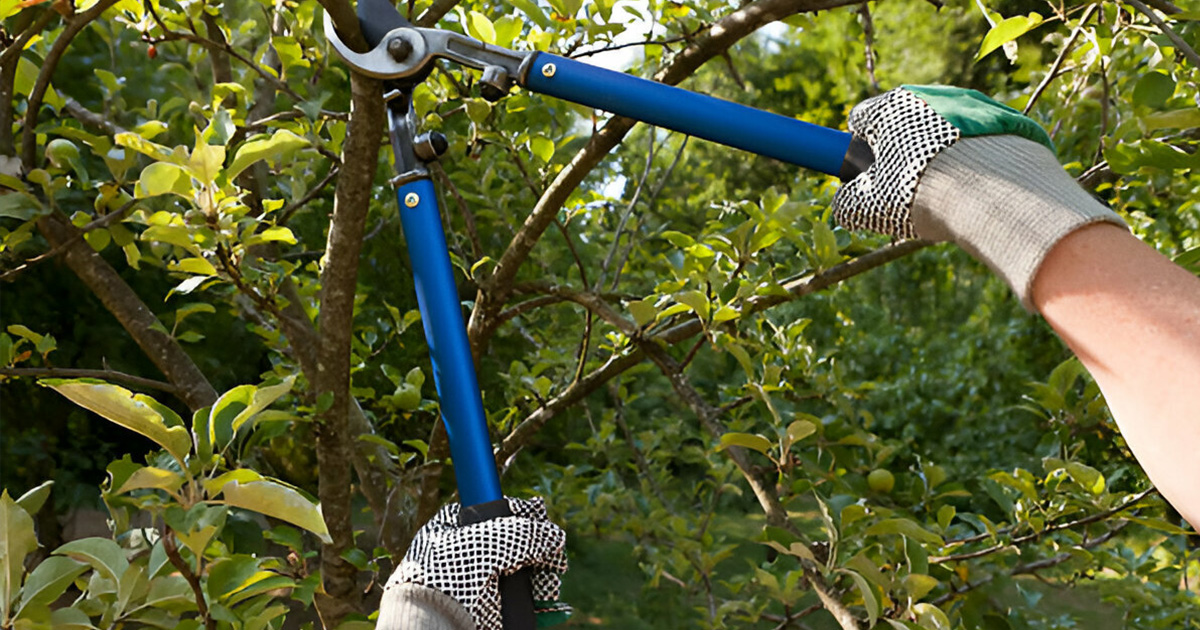
How Proper Tree Trimming Promotes Health & Safety
Tree trimming in Valdosta, Georgia, plays a vital role in maintaining the health and safety of urban and residential landscapes. Properly trimming a tree not only enhances its aesthetic appeal but also promotes its overall well-being and longevity. Residents of Valdosta understand the importance of regular tree maintenance to ensure their properties remain safe and beautiful. In this article, we'll explore the various aspects of proper tree trimming techniques and their impact on tree health and safety. Keep reading to discover how strategic pruning can benefit your trees and protect your property in Valdosta.
Key Takeaways
Regular tree trimming enhances tree health, safety, and aesthetic appeal
Proper pruning techniques prevent disease spread and promote structural integrity
Strategic limb removal mitigates risks to property and people
Professional arborists use specialized tools and techniques for effective tree care
Tree maintenance supports urban forestry and long-term environmental benefits
Key Takeaways
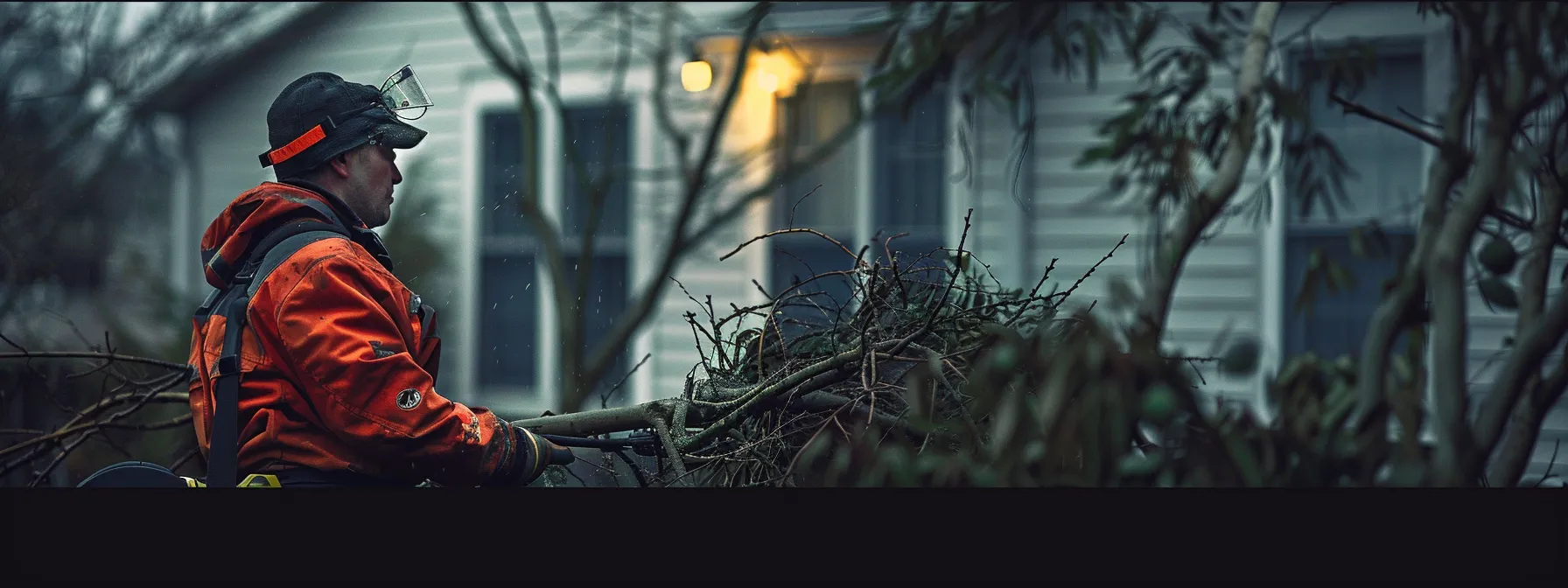
Proper tree pruning enhances the overall health and structure of trees. Regular trimming removes dead, diseased, or damaged branches, promoting vigorous growth and reducing the risk of pest infestations.
Tree Trimming In Valdosta, GA, improves safety for property owners and passersby. Removing overhanging or weak limbs prevents potential hazards during storms and high winds, protecting homes, vehicles, and pedestrians from falling branches.
Certified arborists employ specialized techniques to maintain tree shape and encourage balanced growth. Their expertise ensures trees receive appropriate care without compromising their natural form or long-term health.
Strategic pruning can prevent trees from interfering with structures and utilities. This includes trimming branches away from roofs, power lines, and other essential infrastructure, reducing the risk of property damage and service disruptions.
Identifying the Right Time for Tree Trimming
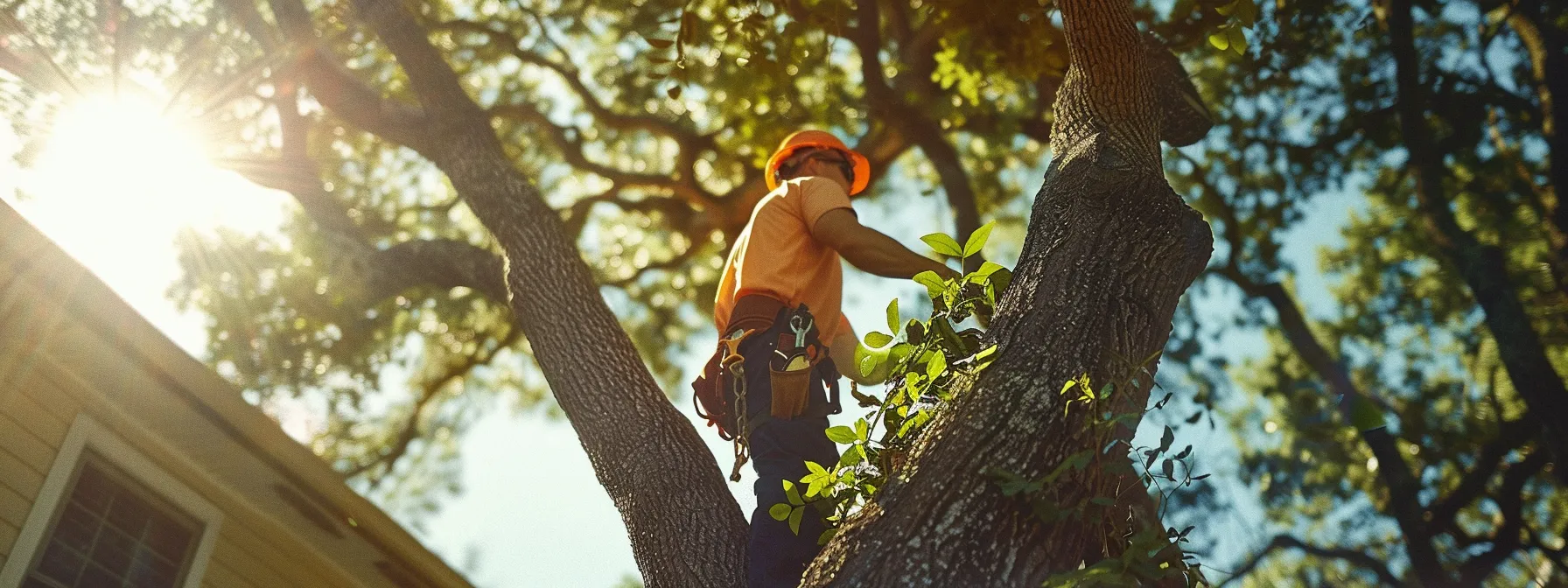
Determining the optimal timing for tree trimming is crucial for maintaining healthy trees and ensuring community safety. While emergencies like storm damage may necessitate immediate action, planned trimming should align with seasonal growth patterns and tree health cycles. Proper timing minimizes stress on trees, promotes robust growth, and helps prevent issues that could impact nearby structures, including plumbing systems and lawns. For homeowners seeking "tree trimming near me" services, understanding when to schedule maintenance can lead to healthier trees and a safer property environment.
Assessing Tree Health During Dormant Seasons
Dormant seasons provide an ideal opportunity for arborists to assess tree health and plan necessary trimming. Without the obstruction of foliage, experts can easily evaluate branch structure, identify potential hazards, and determine the overall condition of trees, shrubs, and other vegetation. This increased accessibility allows for more accurate diagnosis of issues related to tree care, water uptake, and potential interference with electricity lines.
Winter assessments enable tree care professionals to spot signs of disease, pest infestations, or structural weaknesses that may not be visible during growing seasons. By identifying these issues early, arborists can develop targeted trimming strategies to promote tree health, improve safety, and enhance the aesthetic appeal of landscapes when spring arrives.
Understanding Growth Patterns for Timely Intervention
Tree growth patterns vary significantly based on species, age, and environmental factors, influencing the optimal timing for trimming interventions. Understanding these patterns enables property owners and arborists to schedule maintenance that promotes tree health while minimizing stress. Proper timing can also impact home insurance considerations, as well-maintained trees pose fewer risks to property and may positively affect coverage rates.
Recognizing key growth stages allows for strategic trimming that supports tree structure and vitality. For instance, removing a tree stump at the right time can prevent regrowth and potential health hazards. Timely interventions also help manage tree size and shape, ensuring they complement the landscape without compromising the integrity of nearby structures or utility lines.
Assess tree species-specific growth patterns
Schedule trimming during dormant seasons when possible
Address storm damage or safety hazards promptly
Consider impact on property aesthetics and insurance
Coordinate with local regulations for protected species
The Science Behind Proper Pruning Techniques
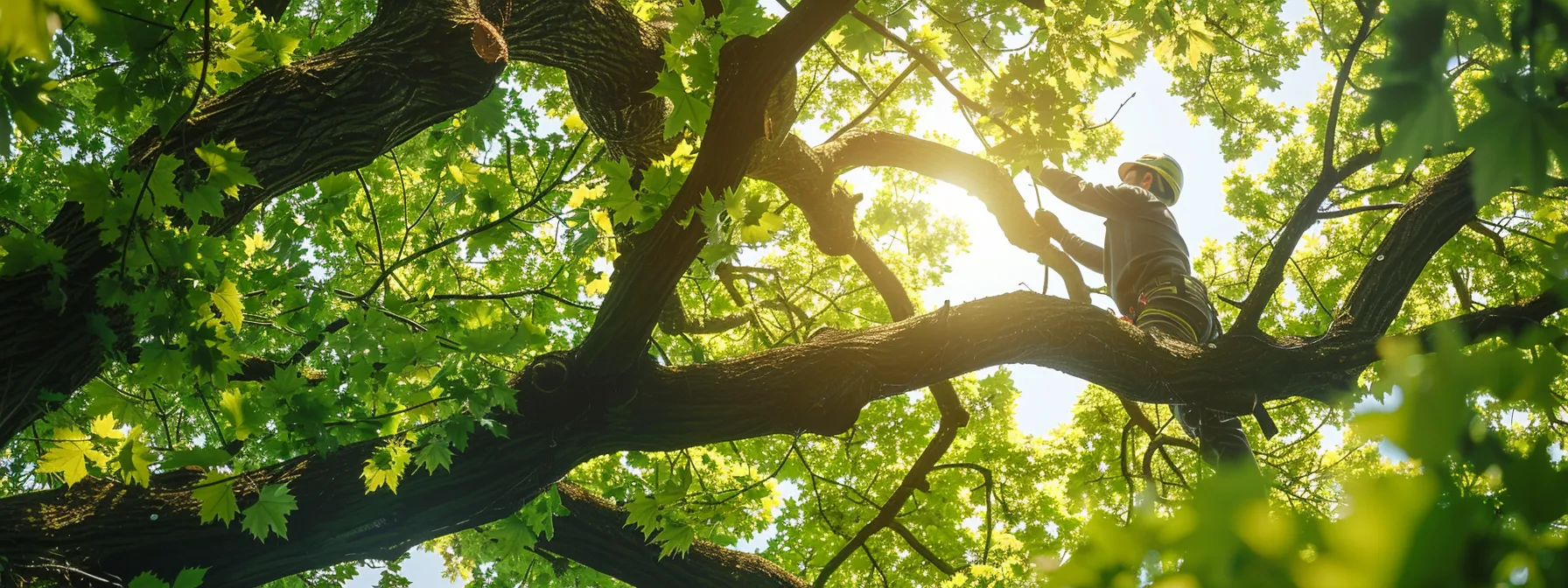
Proper pruning techniques form the foundation of effective tree care, promoting health, safety, and longevity. Arborists certified by the International Society of Arboriculture employ scientifically-backed methods to trim trees, ensuring optimal growth and minimizing the risk of disease or pest infestations. These techniques extend beyond simple aesthetics, impacting everything from pest control to the structural integrity of nearby buildings, including bathrooms. By understanding the principles behind clean cuts and tool selection, property owners can better appreciate the importance of professional tree trimming services in maintaining a safe and beautiful landscape.
The Importance of Making Clean Cuts to Prevent Diseases
Clean cuts during tree trimming prevent the entry of pathogens and pests, promoting faster healing and reducing the risk of disease. Proper pruning techniques minimize wood damage, leaving smooth surfaces that resist decay and protect the tree's vascular system. This approach ensures that trimmed areas do not become vulnerable points for infections or insect infestations.
Professional arborists use sharp, sterile tools to make precise cuts that support plant health and recovery. They carefully remove debris and avoid damaging surrounding tissue, which could otherwise lead to complications. Properly trimmed trees often produce healthier growth, contributing positively to landscaping and even providing quality mulch for construction or gardening projects.
Selecting the Correct Tools for Different Types of Trees
Selecting appropriate tools for tree trimming ensures efficient work and minimizes damage to trees, much like choosing the right equipment for a kitchen renovation. Professional arborists consider factors such as tree species, branch thickness, and height when selecting pruning tools, balancing cost-effectiveness with precision. For instance, pruning shears work well for thin branches on young trees, while larger oak trees may require heavy-duty loppers or chainsaws for thicker limbs.
Just as one would carefully select paint colors for different rooms, arborists choose specialized equipment for various trimming tasks. Pole pruners enable safe trimming of high branches without compromising worker safety or damaging the tree's structure. This attention to tool selection protects the tree's health and appearance, similar to how proper flooring choices enhance a home's overall aesthetic and value.
Enhancing Safety Through Strategic Limb Removal
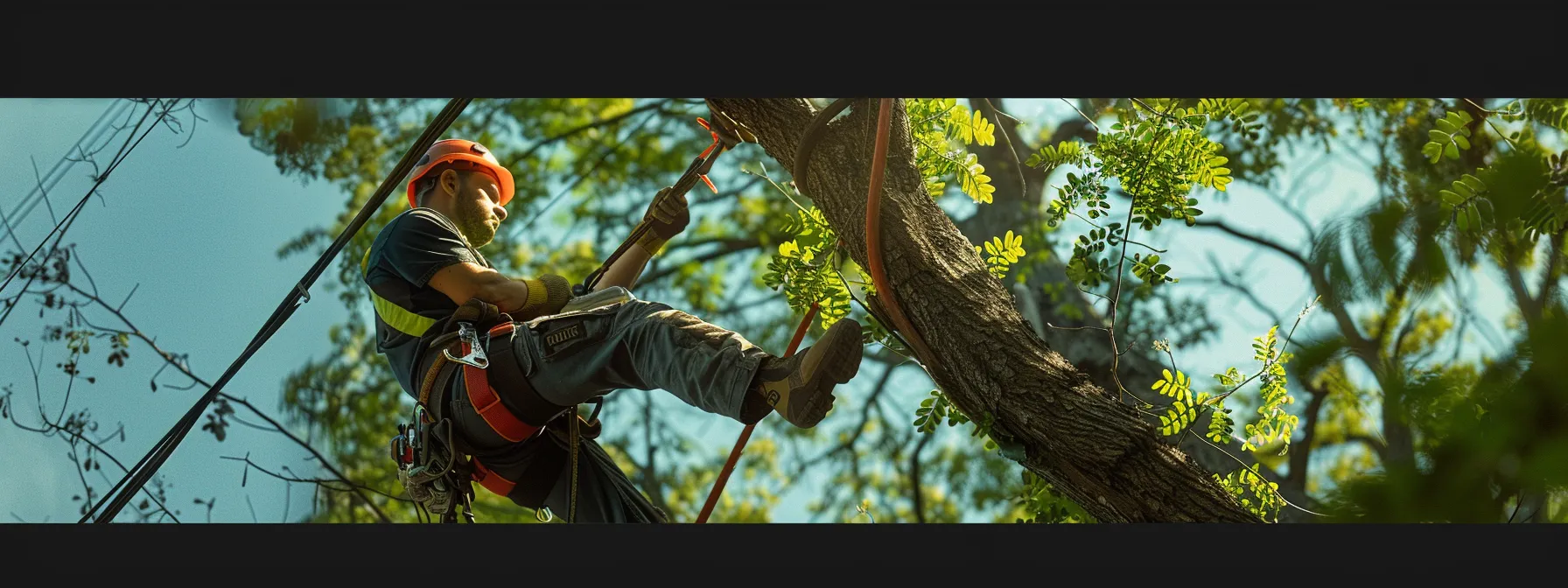
Strategic limb removal plays a crucial role in enhancing safety and preserving tree health. In urban areas where deforestation is a concern, careful trimming helps maintain a balance between nature and infrastructure. Arborists consider various factors, including zip code-specific regulations and local climate conditions, when assessing trees for potential hazards. From overhanging branches near power lines in Wisconsin to limbs threatening chimneys in southern states, each situation requires a tailored approach. By identifying risky branches and employing safe removal techniques, tree care professionals mitigate dangers to property and people while promoting the overall well-being of the urban forest.
Identifying Hazardous Branches That Pose Risks
Certified arborists possess the expertise to identify hazardous branches that pose significant risks to property and safety. These professionals assess trees for signs of disease, structural weakness, and potential interference with surrounding vegetation or structures. Their trained eyes can spot subtle indicators that may escape the notice of a general handyman or property owner.
Recognizing hazardous branches involves evaluating factors such as branch angle, attachment strength, and signs of decay. Arborists consider the tree's overall health, its proximity to buildings or power lines, and the potential impact of falling limbs. This comprehensive assessment ensures that efforts focus on the most critical areas, maximizing safety while preserving the tree's integrity: tree's integrity
Techniques for Safely Removing Overhanging Limbs Near Structures
Professional arborists employ specialized techniques to safely remove overhanging limbs near structures, minimizing hazards to property and people. These methods often involve careful sectioning of branches, use of rigging systems, and precise directional felling to control the descent of cut limbs. Arborists consider factors like building proximity, garden layout, and overall landscape design when planning removals, ensuring minimal impact on surrounding vegetation and structures.
Safety remains paramount during limb removal operations, with arborists undergoing rigorous background checks and training to handle complex situations. They assess each tree's unique structure and position relative to buildings, power lines, and other potential obstacles before initiating any cuts. This meticulous approach allows for seamless integration of tree care with ongoing property renovations, maintaining both safety and aesthetic appeal throughout the process.
Promoting Tree Health With Targeted Trimming

Targeted tree trimming plays a crucial role in maintaining tree health and ensuring the safety of surrounding structures. By selectively pruning branches, arborists promote strong structural growth and prevent disease spread, addressing issues that can compromise tree vitality and pose risks to property. This approach considers various factors, including soil conditions, root health, and potential insect infestations, to develop comprehensive trimming strategies. Proper pruning techniques not only enhance tree aesthetics but also mitigate risks associated with falling branches or tree failures that could damage concrete surfaces or endanger customers. By focusing on preventive care and prompt removal of infected parts, professional tree services contribute to the long-term health and stability of urban and residential landscapes.
Click here to LearnMore About Seasonal Tree trimming
Encouraging Strong Structure and Growth With Selective Pruning
Selective pruning techniques, rooted in forestry science, promote robust tree structure and healthy growth patterns. Arborists carefully assess each tree's unique characteristics, considering factors like species-specific growth habits and local climate conditions, to determine the most effective pruning strategy. This targeted approach ensures trees develop strong branch attachments and balanced canopies, reducing the risk of limb failure that could damage nearby structures such as fences or basements.
In urban environments like Philadelphia, where space constraints often impact tree growth, selective pruning becomes essential for maintaining tree health and safety. By removing competing branches and thinning dense canopies, arborists encourage proper air circulation and light penetration throughout the tree. This practice not only enhances the tree's overall vigor but also minimizes the potential for disease development and pest infestations, which can compromise tree health and pose risks to surrounding properties.
Preventing Disease Spread by Removing Infected Parts Promptly
Tree service professionals play a crucial role in preventing disease spread by promptly removing infected parts during tree maintenance. Electric service providers often collaborate with tree care services to ensure that diseased branches near power lines are swiftly addressed, preventing potential outages and minimizing health risks to surrounding vegetation.
Timely intervention by a reputable tree removal company can halt the progression of diseases before they compromise the entire tree or spread to neighboring plants. Regular inspections and targeted trimming by certified arborists help identify and eliminate diseased sections early, preserving overall tree health and reducing the need for complete tree removal in the future.
Conclusion

Proper tree trimming promotes health and safety for both trees and surrounding environments. Professional tree trimming services, including those offering "tree trimming around me," play a crucial role in maintaining urban forests and residential landscapes. These services employ expert techniques to enhance tree structure, prevent disease spread, and mitigate potential hazards.
Regular tree maintenance contributes to overall landscape management and can reduce the need for "tree removal services nearby" in the future. By addressing issues early through targeted pruning and health assessments, arborists help property owners avoid costly removals and preserve valuable tree assets. This proactive approach aligns with sustainable urban forestry practices, benefiting communities from Kansas to coastal regions.
Tree trimming also supports successful "tree planting" initiatives by ensuring existing trees remain healthy and do not interfere with new plantings. Proper pruning techniques create space for young trees to thrive, promoting diverse and resilient urban canopies. This synergy between maintenance and planting efforts contributes to long-term environmental health and community well-being:
In conclusion, investing in professional tree trimming services yields significant returns for property owners and communities. By prioritizing tree health and safety through expert maintenance, cities and homeowners can cultivate thriving urban forests that provide lasting environmental, economic, and social benefits. Learn more about Tree Service in Georgia at https://gatrees.org/
Frequently Asked Questions
How often should I have my trees trimmed?
Tree trimming frequency depends on the species, age, and health of the tree. Generally, mature trees benefit from pruning every 3-5 years, while younger trees may need annual trimming. Regular inspections can help determine when trimming is necessary to maintain tree health and safety.
What are the signs that a tree needs trimming?
Trees often signal the need for trimming through visible signs. These include dead or hanging branches, overgrown limbs that interfere with structures or power lines, dense canopies blocking sunlight, and branches rubbing against each other. Misshapen growth patterns or a lack of new growth may also indicate trimming is necessary.
Can improper trimming harm my trees?
Improper trimming can indeed harm trees. Incorrect pruning techniques may lead to stress, disease susceptibility, and structural weaknesses. Over-pruning can remove too much foliage, hindering photosynthesis and growth. Poorly executed cuts can create entry points for pests and pathogens, potentially causing long-term damage or even tree death.
Is it safe to trim trees near power lines?
Trimming trees near power lines is extremely dangerous and should only be performed by trained professionals. Electric utility companies or certified arborists have the necessary equipment and expertise to safely prune trees around power lines, minimizing risks of electrocution and power outages.
How does tree trimming improve the overall health of trees?
Tree trimming improves overall tree health by removing dead, diseased, or damaged branches. This process enhances air circulation and sunlight penetration, reduces pest infestations, promotes proper growth, and prevents structural issues. Regular trimming also helps trees withstand harsh weather conditions and extends their lifespan.

